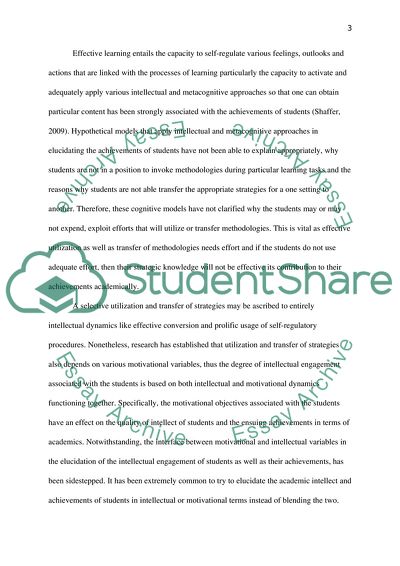Cite this document
(The Impact of Age, Gender and Cultural Variations on Achievement Motivation Research Paper Example | Topics and Well Written Essays - 3000 words, n.d.)
The Impact of Age, Gender and Cultural Variations on Achievement Motivation Research Paper Example | Topics and Well Written Essays - 3000 words. https://studentshare.org/education/1850532-developmental-psychlogy
The Impact of Age, Gender and Cultural Variations on Achievement Motivation Research Paper Example | Topics and Well Written Essays - 3000 words. https://studentshare.org/education/1850532-developmental-psychlogy
(The Impact of Age, Gender and Cultural Variations on Achievement Motivation Research Paper Example | Topics and Well Written Essays - 3000 Words)
The Impact of Age, Gender and Cultural Variations on Achievement Motivation Research Paper Example | Topics and Well Written Essays - 3000 Words. https://studentshare.org/education/1850532-developmental-psychlogy.
The Impact of Age, Gender and Cultural Variations on Achievement Motivation Research Paper Example | Topics and Well Written Essays - 3000 Words. https://studentshare.org/education/1850532-developmental-psychlogy.
“The Impact of Age, Gender and Cultural Variations on Achievement Motivation Research Paper Example | Topics and Well Written Essays - 3000 Words”. https://studentshare.org/education/1850532-developmental-psychlogy.


